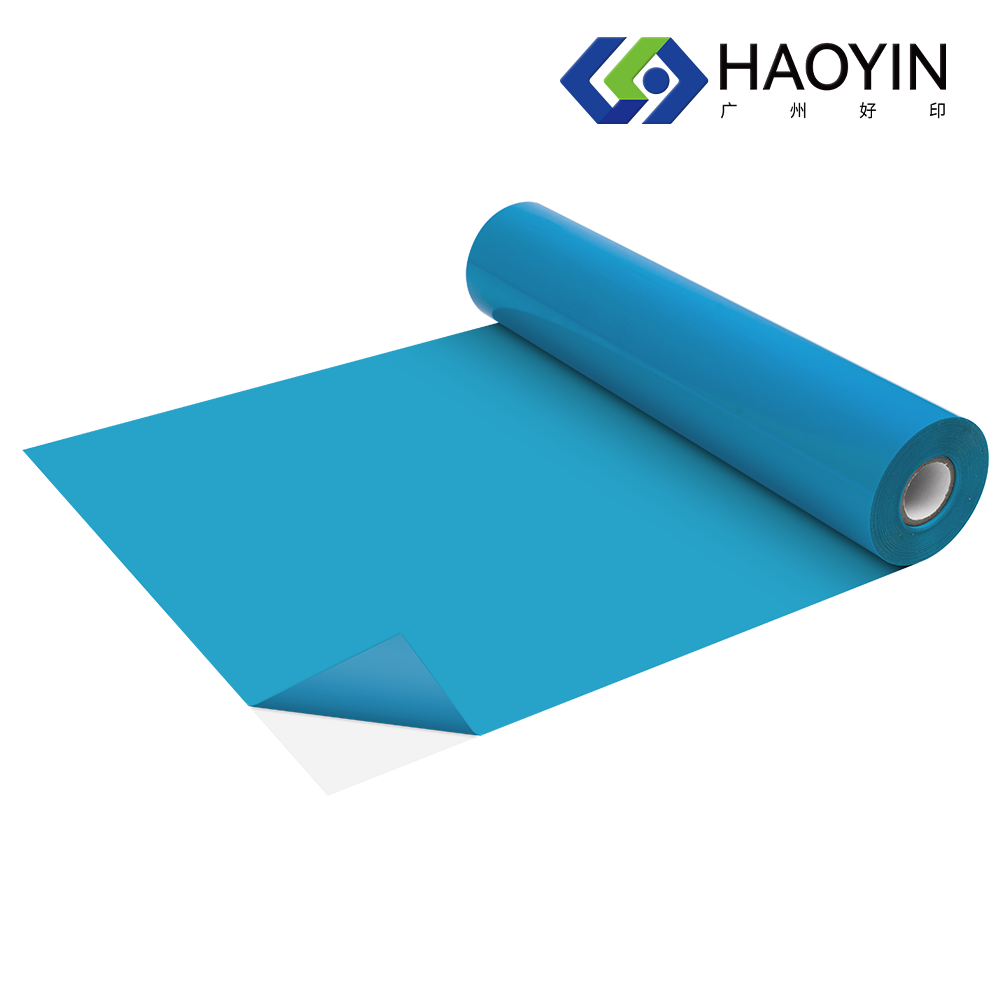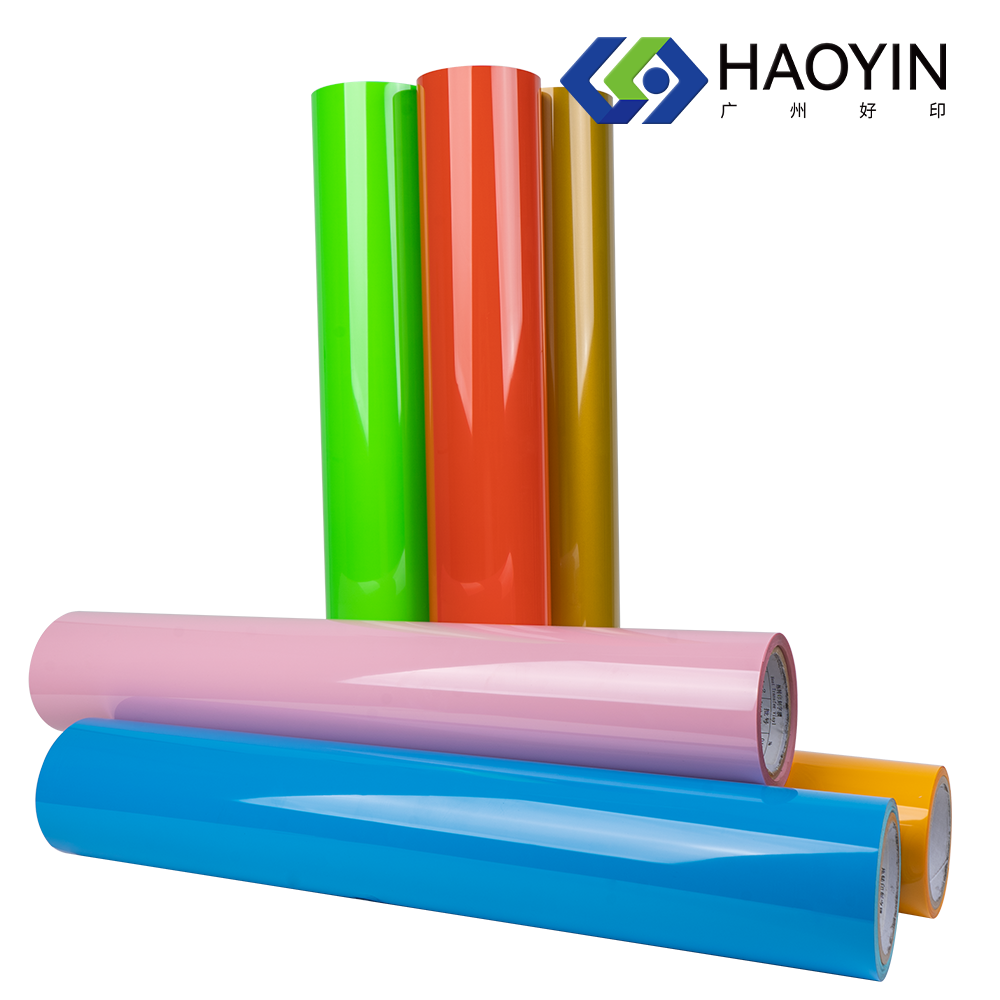How to Choose the Right PU Heat Transfer Vinyl for Apparel Printing
Choosing the right PU heat transfer vinyl is key to creating high-quality, long-lasting designs on apparel. Whether you’re printing t-shirts, hoodies, or baby clothes, the type of PU heat transfer vinyl you select affects how your design looks, feels, and holds up over time. With so many options available—from different finishes to varying thicknesses—knowing what to look for ensures your apparel printing projects turn out great. Let’s break down the steps to pick the perfect PU heat transfer vinyl for your needs.
1. Consider the Fabric Type
The first step in choosing PU heat transfer vinyl is to match it to the fabric you’re printing on. PU heat transfer vinyl works best with certain materials, and using the right one ensures a strong bond and good flexibility:
- Cotton and cotton blends: Most PU heat transfer vinyl is designed for cotton, which is the most common fabric for t-shirts and casual wear. It adheres well and stays soft, even after washing.
- Polyester and poly-cotton blends: Look for PU heat transfer vinyl labeled “polyester-friendly.” These options are formulated to handle the higher temperatures needed to bond with polyester without melting or discoloring the fabric.
- Lightweight fabrics (e.g., jersey, linen): Choose thin, lightweight PU heat transfer vinyl to avoid adding bulk. Heavy vinyl can make these fabrics feel stiff or uncomfortable.
- Dark vs. light fabrics: For dark fabrics, use “opaque” PU heat transfer vinyl, which covers the color of the fabric completely. For light fabrics, “transparent” or “semi-opaque” options work well and keep the design looking soft.
2. Think About the Design Complexity
PU heat transfer vinyl comes in different thicknesses, which affects how well it handles detailed designs:
- Thin PU heat transfer vinyl (0.05–0.1mm): Ideal for small, intricate designs—like tiny letters, fine lines, or complex patterns. It cuts cleanly and weeds easily, making it perfect for logos with small text or delicate shapes.
- Thicker PU heat transfer vinyl (0.1–0.15mm): Better for bold, simple designs—like large numbers, big logos, or solid shapes. It’s more durable but can be harder to cut precisely for small details.
If your design has both small and large elements, opt for thin PU heat transfer vinyl. It’s versatile enough to handle most details while still looking good on larger areas.
3. Choose the Right Finish
PU heat transfer vinyl comes in various finishes, which affect the look and feel of the final design. Pick one that matches the style of your apparel:
- Matte finish: Gives a soft, subtle look that blends into the fabric. Great for casual wear, baby clothes, or designs where you want the focus on the shape rather than shine.
- Glossy finish: Adds a slight shine, making the design stand out. Works well for sportswear, team jerseys, or designs that need a more polished look.
- Metallic finish: Offers a subtle shimmer (not as bold as glitter) for a touch of elegance. Good for special occasion apparel, like event t-shirts or personalized gifts.
- Textured finish: Some PU heat transfer vinyl has a slight texture (e.g., suede or rubber-like), adding depth to the design. This is a fun choice for fashion-forward or unique apparel.
4. Check Durability and Wash Resistance
No one wants a design that fades or peels after a few washes. Look for PU heat transfer vinyl with good durability ratings:
- Wash count: Most PU heat transfer vinyl is rated for 20–50 washes. For apparel that gets heavy use (like work uniforms or kids’ clothes), choose options rated for 30+ washes.
- Temperature resistance: Ensure the vinyl can handle the washing conditions your apparel will face. If customers will wash the item in hot water, pick PU heat transfer vinyl labeled “high-temperature resistant.”
- Crack resistance: Flexibility is key here. Bend a sample of the vinyl—if it cracks, it’s not good for fabrics that stretch (like cotton-poly blends). Look for “flexible” or “stretchable” PU heat transfer vinyl to avoid this issue.
5. Look for Eco-Friendly and Safe Options
If you’re printing apparel for kids, or if sustainability is important to your brand, choose PU heat transfer vinyl with these features:
- Phthalate-free: Phthalates are chemicals that can be harmful, especially for children. Many PU heat transfer vinyl products are labeled “phthalate-free,” making them safe for baby clothes and kids’ wear.
- Low-VOC (volatile organic compounds): These options release fewer harmful chemicals during application, which is better for both the environment and the person applying the vinyl.
- Recyclable: Some brands offer PU heat transfer vinyl made from recycled materials, reducing waste and environmental impact.

6. Test for Compatibility with Your Equipment
Not all PU heat transfer vinyl works with every cutting or heat press machine. Check that the vinyl is compatible with your tools:
- Cutting machines: Most PU heat transfer vinyl works with standard craft cutters (like Cricut or Silhouette), but thick vinyl may require a stronger blade. Look for vinyl labeled “cutter-friendly” if you’re using a home machine.
- Heat presses vs. irons: If you’re using a home iron, choose PU heat transfer vinyl that works with low to medium heat. For heat presses (which reach higher temperatures), any PU heat transfer vinyl should work, but check the recommended temperature range to avoid burning the vinyl.
7. Consider the Cost and Quantity
PU heat transfer vinyl comes in rolls or sheets, and the price varies by quality and brand. For small projects, sheets are convenient and affordable. For large orders, rolls offer better value.
- Bulk buying: If you’re printing in large quantities, buying PU heat transfer vinyl in bulk (big rolls) can save money. Just make sure to store it properly (in a cool, dry place) to keep it from drying out or sticking together.
- Sample packs: If you’re trying a new type of PU heat transfer vinyl, buy a sample pack first. This lets you test how it cuts, adheres, and looks on your fabric before committing to a large order.
Tips for Getting the Best Results
- Test before printing: Always cut a small piece of PU heat transfer vinyl and apply it to a scrap of your fabric. Check how well it bonds, if it peels, and if the finish looks good.
- Follow application instructions: Each PU heat transfer vinyl has specific temperature and time recommendations. Using the right settings ensures a strong bond.
- Store properly: Keep unused PU heat transfer vinyl in its original packaging, away from direct sunlight and heat, to prevent it from becoming brittle or sticky.
FAQ
What’s the difference between standard and “stretch” PU heat transfer vinyl?
Stretch PU heat transfer vinyl is more flexible, making it better for fabrics that move (like t-shirts or hoodies). Standard vinyl is stiffer and works best for rigid fabrics (like canvas).
Can I use PU heat transfer vinyl on dark fabrics?
Yes, but use opaque PU heat transfer vinyl. It covers the dark color completely, so your design stays bright and visible.
How thick should PU heat transfer vinyl be for t-shirts?
For most t-shirts, 0.05–0.1mm thick PU heat transfer vinyl is best. It’s thin enough to stay soft but durable enough to last through washes.
Is expensive PU heat transfer vinyl better than cheap options?
Not always, but higher-quality PU heat transfer vinyl often has better durability, easier weeding, and a softer feel. It’s worth investing in for customer-facing apparel.
Can I layer PU heat transfer vinyl for multi-color designs?
Yes, thin PU heat transfer vinyl layers well. Apply each color separately, letting the vinyl cool between layers to avoid melting.
Does PU heat transfer vinyl work with all heat presses?
Mostly, but check the recommended temperature range. Some heat presses reach very high temperatures, so choose vinyl that can handle 320–350°F (160–175°C) if needed.
How long does PU heat transfer vinyl last on apparel?
With proper application and care, it can last 20–50 washes. Washing in cold water and air-drying helps extend its life.




